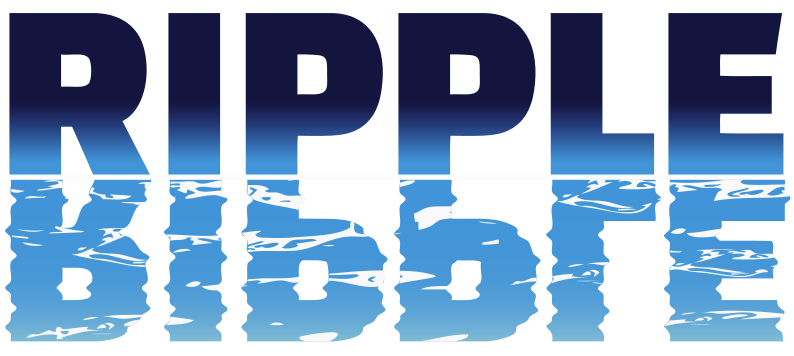We live and work in an age where feedback is necessary to secure employee engagement. Study after study demonstrate up to 68% of the American workforce is disengaged. Approximately 50% are unengaged and an incredible 17% are actively disengaged.[1] Yikes.
Disengagement means lower levels of productivity, less revenue and higher incidents of weaker culture. As noted by Gallup: Organizations with higher rates of “…engagement realize substantially better customer engagement, higher productivity, better retention, fewer accidents, and 21% higher profitability.”[2]
Disengagement is an illness that spreads rapidly when tolerated or left unaddressed.
Why? Several reasons:
1. People that “pick up the slack” and generate the work product compensating for the lack of production by the disengaged feel underappreciated. These employees are, essentially, punished for others being disengaged. Employees who make up for the productivity of their disengaged colleagues eventually get frustrated and, not altogether unsurprisingly, tend to leave their employer. Losing disengaged people is one thing, losing hard-working, go-getters is unacceptable for any organization;
2. Disengaged employees are permitted to continue such disengagement – thus, repeating a vicious cycle where such behavior is encouraged if not altogether promoted. Obviously, no organization wants to see this happen and yet it does. (As discussed above, such behavior requires the engaged workforce to over-work and drives up rates of attrition); and
3. Management and ownership experience increasing levels of frustration, anxiety and concern over lower productivity, less revenue and higher levels of attrition. 81% of companies report turnover is a “costly problem” and 63% say retaining employees is actually more difficult than hiring people.[3]
How can ownership stem the tide? How does an organization encourage and develop engagement?
One, simple word.
Feedback. Gather feedback. Analyze feedback. Appreciate feedback. Employ feedback to make more effective and objective decisions.
Feedback falls into three general categories – positive, negative and somewhere in between (often referred to as “constructive criticism”). Management and ownership might not like all the feedback (especially the negative) received, but the process of gathering, analyzing and utilizing feedback helps strengthen culture within the workplace and improve rates of engagement.
A word of caution – if an organization is going through the valuable exercise of gathering meaningful feedback from their people, the organization must use it. It is also important to gather enough feedback to make it statistically relevant (no need to act immediately after first gathering feedback). When trends are identified in a given employee’s conduct and interaction with, or net impact on, others on a team or organization-wide level, action must be taken by management.
For an organization to preach the importance of feedback, stress participation in gathering feedback and then do nothing with the data collected can be more damaging than not caring about feedback at all.
Gathering and using feedback effectively can change the face of any organization. Ripple Analytics Inc. is a cloud-based platform that empowers companies to gather and analyze feedback from their people. Check us out at www.ripplecrew.com. Give us a try!

Why we are qualified to write the blog: Noah L. Pusey – [email protected] – is the President & CEO of Ripple Analytics Inc. For over twenty (20) years, Noah has been building teams and developing employees at various companies. As a result, he has participated in corporate America’s flawed annual review process and has set out to fix it. He knows what works, what doesn’t and why. See more about Ripple at www.ripplecrew.com.
[1] Gallup poll results as discussed by Inc., September 20, 2017, https://www.inc.com/sonia-thompson/68-percent-of-employees-are-disengaged-but-there-i.html
[2] Gallup, August 27, 2018, https://news.gallup.com/poll/241649/employee-engagement-rise.aspx
[3] Zenefits, July 8, 2019, https://www.zenefits.com/workest/employee-turnover-infographic/








